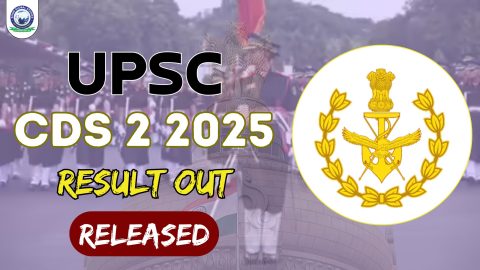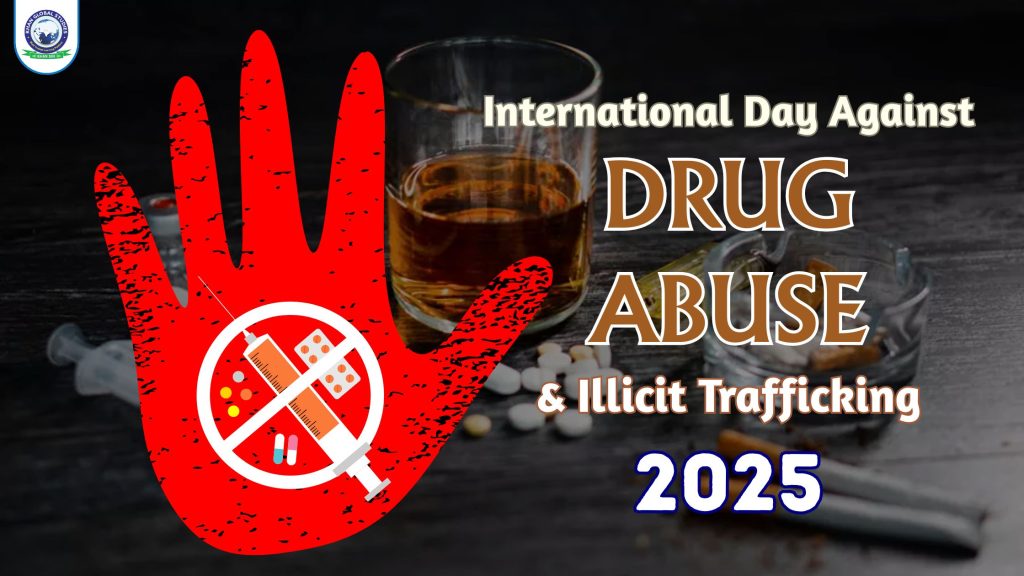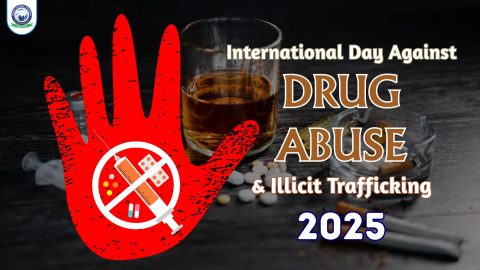What is the International Day Against Drug Abuse and Illicit Trafficking?
Every year on June 26, people around the world observe the International Day Against Drug Abuse and Illicit Trafficking. This day is a reminder that drug abuse and illegal drug trading are serious problems that affect individuals, families, and entire societies. The United Nations was established on this day in 1987 to encourage countries to work together, raise awareness, and take action to create a world free from drug abuse and trafficking.
Purpose of the Day
The main goals of this day are to:
- Spread awareness about the dangers of drug abuse.
- Educate people on how to prevent drug use.
- Support those who are struggling with addiction.
- Encourage countries to cooperate and share solutions.
- Promote stronger laws and better treatment options.
Theme for 2025
The official theme for the 2025 International Day Against Drug Abuse and Illicit Trafficking has not been announced yet. Each year, the theme highlights the most urgent issues related to drug abuse and illegal trafficking, focusing on prevention, treatment, and international teamwork.
Key Facts from the World Drug Report
The United Nations Office on Drugs and Crime (UNODC) releases a yearly report with important facts:
- In 2022, over 292 million people worldwide used illegal drugs—a 20% increase over the past ten years.
- Cannabis is the most commonly used drug, followed by opioids, amphetamines, and cocaine.
- New synthetic opioids, like nitazenes, are causing more overdose deaths, especially in wealthier countries.
- Drug trafficking is often linked with other crimes such as human trafficking and environmental harm.
Anti-Drug Day in India
India also observes Anti-Drug Day on June 26, joining the global fight against drug abuse. India faces special challenges because it is close to two major drug-producing areas: the Golden Crescent (Afghanistan, Pakistan, Iran) and the Golden Triangle (Myanmar, Thailand, Laos).
What Happens on Anti-Drug Day in India?
- The government and local authorities organise awareness campaigns, educational events, and public rallies.
- There has been a big increase in the number of drug-related cases and arrests in recent years.
- Since 2014, there has been a 152% rise in cases, a 400% increase in arrests, and a huge jump in the value of drugs seized.
- Over 12 lakh kilograms of drugs have been destroyed since 2014.
Drug Abuse in India: The Situation
- India is both a route for drug trafficking and a country where many people suffer from addiction.
- Substances abused include alcohol, cannabis, heroin, synthetic opioids, prescription drugs, and inhalants (especially among teenagers).
- In 2022, India recorded over 1.15 lakh drug abuse cases, with Kerala, Maharashtra, Punjab, Uttar Pradesh, and Tamil Nadu being the most affected states.
India’s Actions Against Drug Trafficking
- The government has doubled drug seizures and quadrupled arrests since 2014.
- Special agencies and technology are used to track and stop drug crimes.
- The Nasha Mukt Bharat Abhiyaan (Drug-Free India Campaign), launched in 2020, has reached millions of people and involved thousands of schools and volunteers.
Importance of Early Intervention
Drug abuse often starts in the teenage years due to peer pressure, curiosity, or mental health struggles. Prevention is key, and the best ways to help include:
- School programs that teach life skills and resilience.
- Workshops for parents to spot warning signs.
- Community events and awareness drives.
- Support for mental health in schools and colleges.
Do you know why International Anti-Drug Day, celebrated on 26 June, is important?
International Anti-Drug Day, celebrated on 26 June, is important because this day symbolizes a united voice and action against drug abuse and illicit trafficking across the world. The purpose of this day is to raise awareness among people about the dangers of drug addiction, promote preventive measures, support treatment and rehabilitation, and strengthen cooperation among countries to create a drug-free society.
What Steps has the Government taken for de-addiction in India?
The government has taken many important steps for de-addiction in India, so that drug abuse and illicit trafficking can be prevented. Here is a description of some major government efforts:
1. Nasha Mukt Bharat Abhiyaan
- This campaign was launched in August 2020.
- It aims to spread awareness against drug addiction across the country, provide assistance to people and provide rehabilitation services.
- So far, more than 10 crore people have been made aware, more than 3 lakh educational institutions and more than 8,000 master volunteers have joined this campaign.
2. Legal and Administrative Strictness
- Strict laws have been made under the Narcotic Drugs and Psychotropic Substances Act (NDPS Act).
- There has been a 152% increase in drug cases since 2014, arrests have increased by 400%, and the value of seized drugs has increased 30 times.
- More than 12 lakh kg of drugs have been destroyed since 2014.
3. Inter-agency Coordination and Technical Measures
- Coordination between various agencies has been increased through the Narco Coordination Center (NCORD) and the Joint Coordination Committee (JCC).
- The SIMS portal has been developed, which has made monitoring and data tracking of drug-related cases easier.
- Special task forces have been formed to monitor sea routes.
4. Awareness and Education
- Awareness campaigns are being run in schools, colleges and communities.
- Workshops, seminars and counselling sessions are organised for youth and parents so that they can understand the ill effects of drug addiction and seek timely help.
5. Rehabilitation and Support Centres
- Government and non-government rehabilitation centres have been set up across the country, where drug victims get treatment, counselling and rehabilitation facilities.
6. Border Security and Smuggling Control
- Security agencies have been strengthened on India’s borders to prevent drug smuggling.
- Strict action, like financial investigation and confiscation of property, is being taken in cases of drug smuggling.
7. Community and Family Participation
- The government is also involving the community and families in the de-addiction campaign so that every section of society can cooperate in it.
Conclusion
The International Day Against Drug Abuse and Illicit Trafficking is not just a date on the calendar. It is a global movement to recognize the harm caused by drugs and to remind us that, with education, support, and action, we can help people recover and prevent drug abuse in our communities.
Also Read:
- International Yoga Day 2025: Theme, Significance, Benefits and Global Celebration
- International Olympic Day 2025: Theme, History, Significance and Global Celebrations





